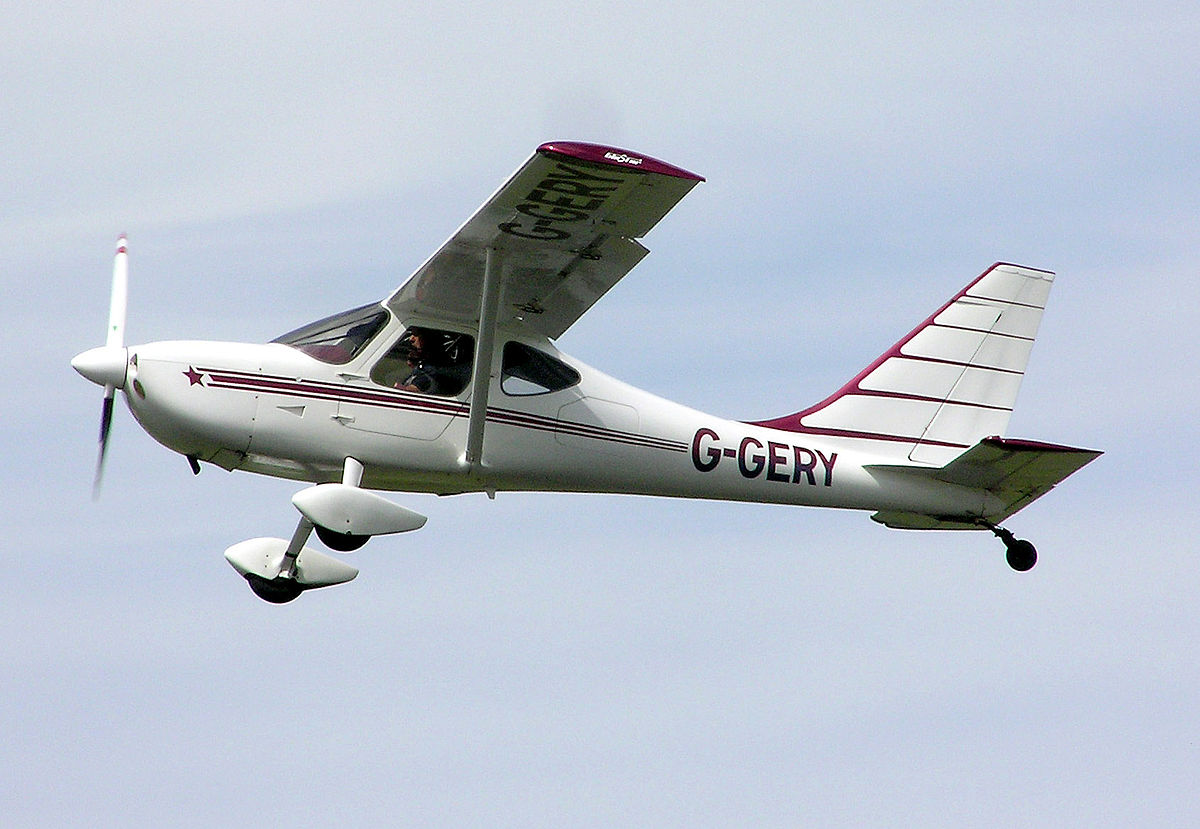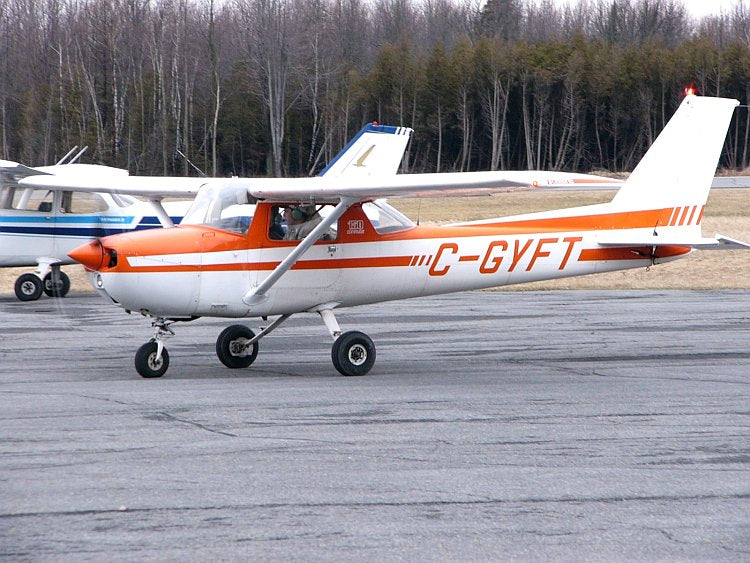a 5 cent cover-plug and some reflective lettering indicating the right location for the pin shouldn’t be much of a project to distribute.
I am shocked this is necessary. ISTM the landing gear is plenty well locked once down. Afterall, it absorbs the impact of landing just fine. Why would it collapse while standing at a gate? And having to put a pin and and take it out just seems a weird complication that allows another point of failure (as happened here).
NOTE: I am not arguing that this is obviously all needed and we can see it collapsed but I am baffled.
They were running tests on the hydraulic system. Inserting the pins is a method of ensuring the gear doesn’t retract in such circumstances. In other words, this wasn’t a normal pre-flight procedure, the engineers were doing something out of the ordinary.
Ah! Gotcha. Thanks!
You can’t make this stuff up:
If they would just make bikinis mandatory this wouldn’t happen. Not sure anyone wants to see me in a bikini though.
Meanwhile, in Joisey:
and it was a tail dragger on a bridge. Nice. It looks like the wing just cleared the railings. Would have sucked to catch a wing and cartwheel in to the water.
If I had to guess, I’d say he probably landed closer to the center of the road, and then the plane was pushed over toward the railing before those pictures were taken.
The news story did have a few other details that make me scratch my head. It said he only got his license ten weeks ago, but was already flying for an advertising company towing banners. Wouldn’t that require a commercial license to get paid? I don’t remember the requirements, but how common is it to have a commercial license that soon after a private license? He also said he had no radio in the airplane. That strikes me as rather dangerous, since those banner planes operate over crowded areas, and sometimes there’s more than one in the same area.
Still, nice flying and I’m glad no one was hurt.
I think you’re right. He was probably centered on the road and was pushed over. But reporters generally don’t have a clue what they’re reporting on. He probably got his commercial license 10 weeks ago and they left out the word “commercial”. One of the pictures show a twin engine plane so he might also have that rating too.
I bike over that bridge several times a week. Landing in the center he would have plenty of room, although I wouldn’t want to do it on a regular basis. I’m also a bit surprised that he didn’t have a radio but for where he was flying, they aren’t required. Nice bit of flying/decision-making and he was fortunate the gap in traffic appeared when it did. Landing in the water or on the marshes would likely have totaled the plane and resulted in injuries.
Why do so many high-wing aircraft have a strut to hold up the wing but low wing aircraft do not have that same element (which would have to be attached to the top of the aircraft)? I see some high-wing aircraft do not have such bracing (generally bigger jets) but almost all small planes seem to have it.
Just guessing: The top of the cabin doesn’t lend itself to being made strong enough to fully support the weight carried by the wing. Note that under normal flying load, the strut doesn’t hold the wing up, it helps hold it down.
Some examples that don’t have the strut include the C210 and C177 (not to counter your question, you are correct that a strut is the norm).
I believe the above answer is correct. In a Cessna, the struts are attached to the strengthened structure that absorbs landing loads. In a low wing plane people are generally sitting over the wing, so you would need a way of attaching struts and transferring the load from the struts to the rest of the plane.
The other reason the light Cessnas often have struts is because they are meant to be rugged birds that don’t need to fly particularly fast. These planes take a lot of abuse from students, low flying in turbulence, etc. It’s almost impossible to break the wing of a strut-braced Cessna, but you pay the price for it in speed because struts add a lot of drag.
All that said, there certainly are low wing planes with wing struts or wire bracing, like the Bowers Flybaby:
http://www.bowersflybaby.com/tech/alternatives.html
Crop Dusters also have to be very strong, and don’t have to fly fast. So they often have struts, like the Piper Pawnee:
The jetpack guy may be back at LAX:
Anybody go to Oshkosh this year?
Not an engineer but low wing aircraft are usually designed with the gear in the wing which means the wing root has to carry the load of the plane plus the forces exerted from landings. This replaces the loads carried by the strut.
Well apparently I’m the only person who went to Oshkosh in this thread so I’ll post the plane that surprised me the most.
I was in the War Birds section and came across a Piper Tri-Pacer Light ground attack plane
This was a post WW-II plane sold to France, Israel, Cuba, Kenya, and Katanga.
Nothing Earth shattering but I use to fly short wing Pipers so I got a kick out of it. It was like seeing a Marine attack Pinto.
.
I don’t know that I would want to do a whole lot of post-WW2 (or WW1 for that matter) ground attacking in one of those!
Just came across this cool pic of an F-35’s open weapons bay.

